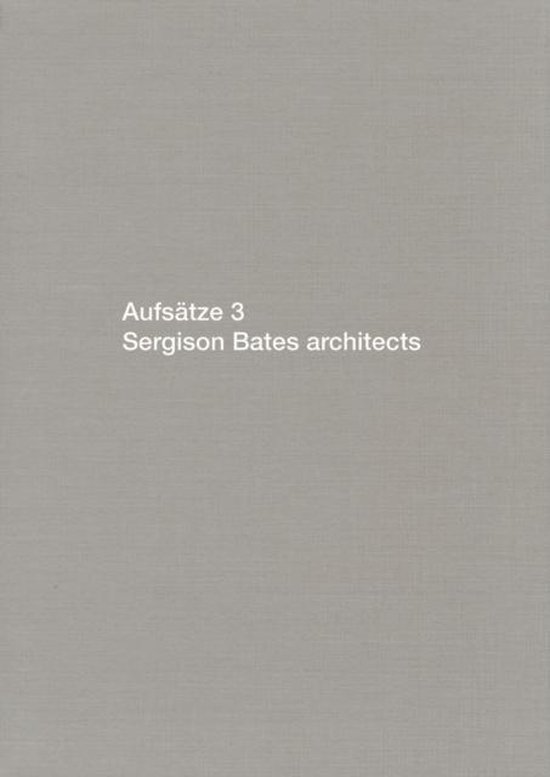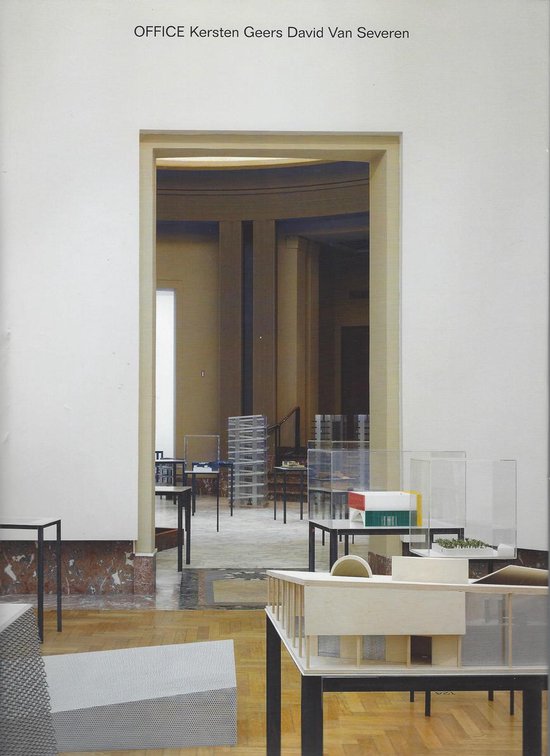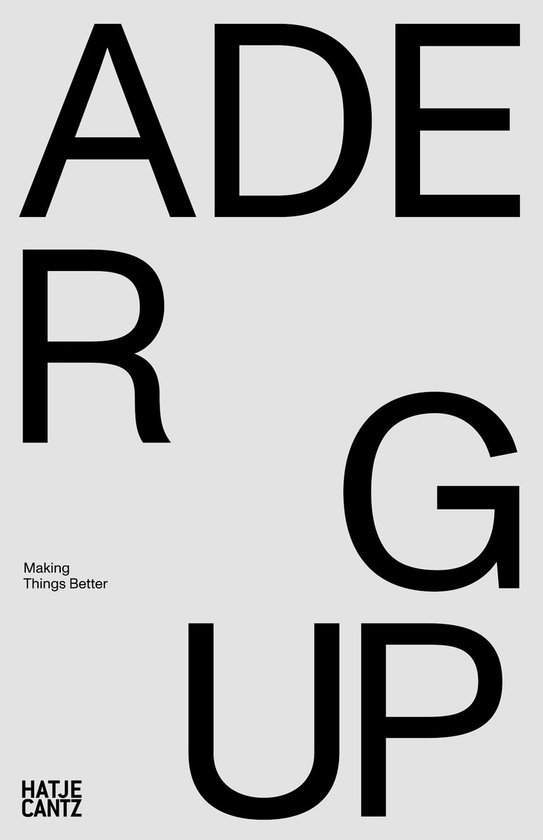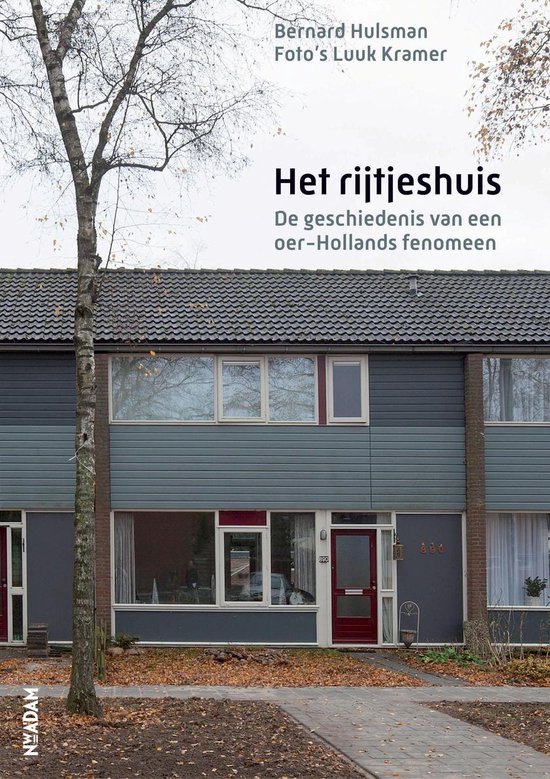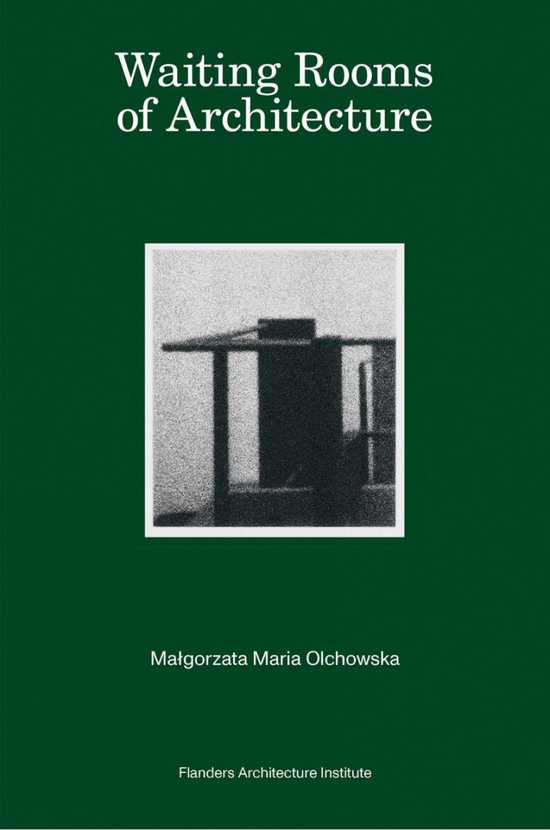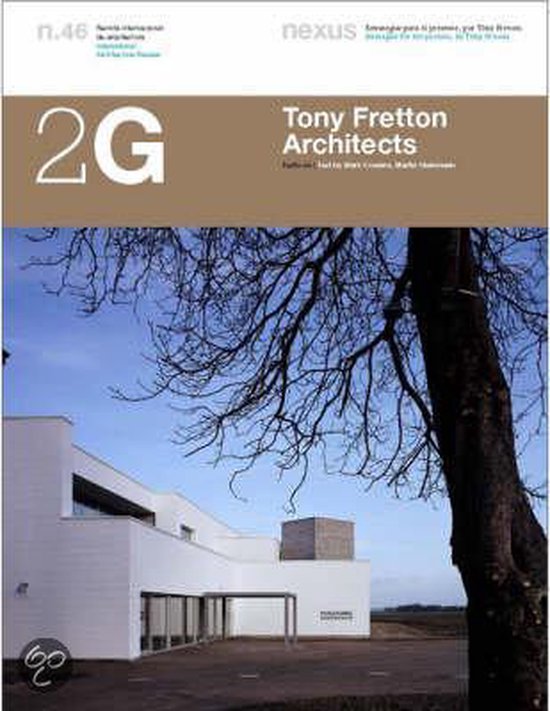
Tony Fretton
Involved in huge commissions through out the world, the great British architecture offices international corporations, almost are the ones that have received most media attention over the last couple of decades. In such a context of gigantic companies it is worth pointing to the consistent, high-quality work of medium-sized offices that, with much painstaking effort, have managed to construct a great many excellent buildings. Outstanding among them is the output of Sergison Bates (2G n.34) and the present monograph devoted to Tony Fretton's studio. Founded in 1982, Fretton's office has its starting point in the exploration of the social possibilities of architecture. Through a careful observation of reality (client, programme, city) Fretton designs buildings rooted in their surroundings, with an ability to put across an idea of community. His architecture does not have spectacular form as its aim, but rather the composure and human well-being that binds man to the essential aspects of life. The notion of architecture as social art is ultimately materialised in a sophisticated spatiality executed with enormous precision and material quality, thus reflecting the architect's interest in the visual arts. This number of 2G presents a number of recent projects by Tony Fretton, not only in Great Britain (the Red House or the house for Anish Kapoor), but also in Holland (where in 2008 he will finish three important projects for multi-family housing), Poland (the British Embassy in Warsaw) and Denmark (where a housing project in the centre of Copenhagen is worth highlighting, along the Fuglsangmuseum in Lolland).
| Auteur | | Alberto Sato |
| Taal | | Engels |
| Type | | Paperback |
| Categorie | | Kunst & Fotografie |
